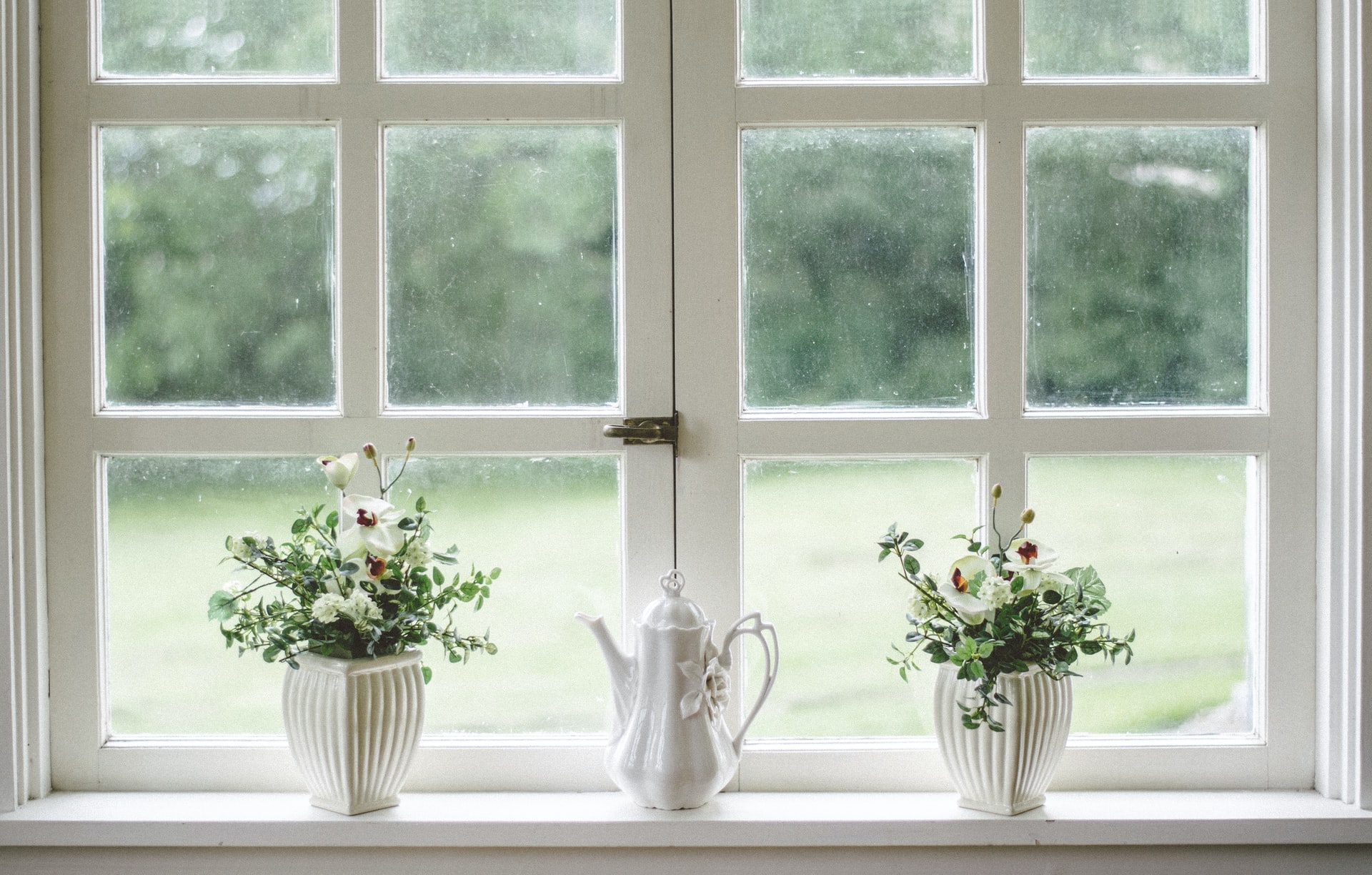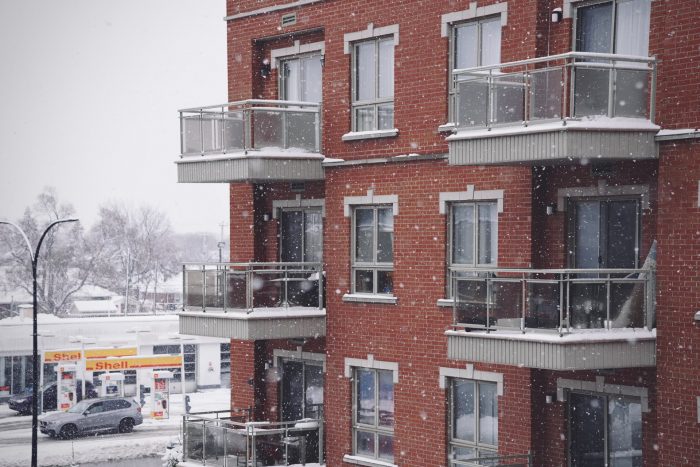
Although saving money on your utility bills is a perk of window replacement, it shouldn’t be the primary reason to pursue this upgrade. With costs exceeding $30,000 for some homes, it would take almost two decades to recoup that cost.
When you update old windows with Energy Star products, your energy bill can drop by up to 15%. If you have a 2,000-square-foot home, that translates to about $500 per year with single-pane windows.
Several additional benefits are possible when you upgrade your old windows to something new. You might stop leaks when it rains, make your home quieter, or add curb appeal to your property.
What Windows Do I Need for My Home?
Replacing windows involves multiple choices. Finding the best ones for your home can be a complicated process.
That’s why this information is something you need to know.
1. Price is not always an indicator of performance.

If you choose a Simonton window for your house, you might spend about $300 for a 3×5-foot option. This product comes highly rated for handling precipitation, sudden temperature changes, and wind gusts. You could spend twice as much on Andersen windows to get half of the result.
Your style can sometimes impact this issue, especially for a historic renovation. Your local restrictions may require a specific window type, class, or size to maintain the property’s character. You’ll need to balance quality, value, configuration, and looks when making this decision.
2. Your climate dictates the windows you choose.

Windows get designed to meet the needs of specific climate zones. It would be best if you spoke with your installer about finding products that match this requirement. It helps to look at the test results from where you live to see what you need. In NYC, the best windows are the ones that score high on low-temperature and wind resistance protection.
Tall windows can cause some rooms to get uncomfortably warm with constant sun exposure. The natural light feels great, but the extra UV rays can cause fading. Look for low-emissivity (low-E) coatings to reflect the infrared light in this circumstance.
3. Think twice about the upgrades.

Upgrades can be a worthwhile investment for some window installation projects. These additions may also increase the cost of your product by 50% or more. Instead of choosing triple glazing, go with a low-E coating instead. You could select a double-hung window sash with tilting to make the glass easier to clean, but how often would you need to use it.
The one upgrade that makes sense for many homes is a protective screen. You’ll let light through without obstructing your view, and it adds a security element to your property. Look for the features that add the most value.
4. Don’t settle for a cheap frame material.

Vinyl frames are a popular choice for windows today because they offer some essential benefits. They don’t peel, rot, or warp like wood, require less maintenance, and are highly customizable. The downside is that the material melts when it gets too hot, and you have fewer update options for the future.
Always invest the most that you can afford into your framing material. You’ll create the look you want while getting the maintenance package you prefer.
5. Hire the right people.

It may be convenient to buy windows from a discount store and work on the installation yourself, but you’ll often get more long-term value by working with a professional installer. Some coding requirements mandate that you hire contractors to complete this work.
When you work with a professional installer, you get a window with a precise fit for your exterior opening. Since even minor fitting mistakes can significantly drop your efficiency levels, a custom result is usually your best option.
6. Find your look.

The double-hung sash window might be popular, but there are other options to consider. If you like the idea of a contemporary profile with a sleek look, consider using slider windows instead. You’ll get a better view, supportive width, and lots of light with the single-pane design.
Are You Ready to Update Your Windows?
Window updates are not always necessary. You may have other choices that can improve your energy efficiencies, such as insulation additions or weatherstripping replacement.
If your glass has damage or the frame is rotting, new windows could improve your home’s value while helping you save some money.
The goal is to make your house safe, efficient, and usable with new or replacement windows. If your project accomplishes those goals, an update makes sense. Talk with a trusted contractor today to see how much your remodeling project might cost.

0 Comments